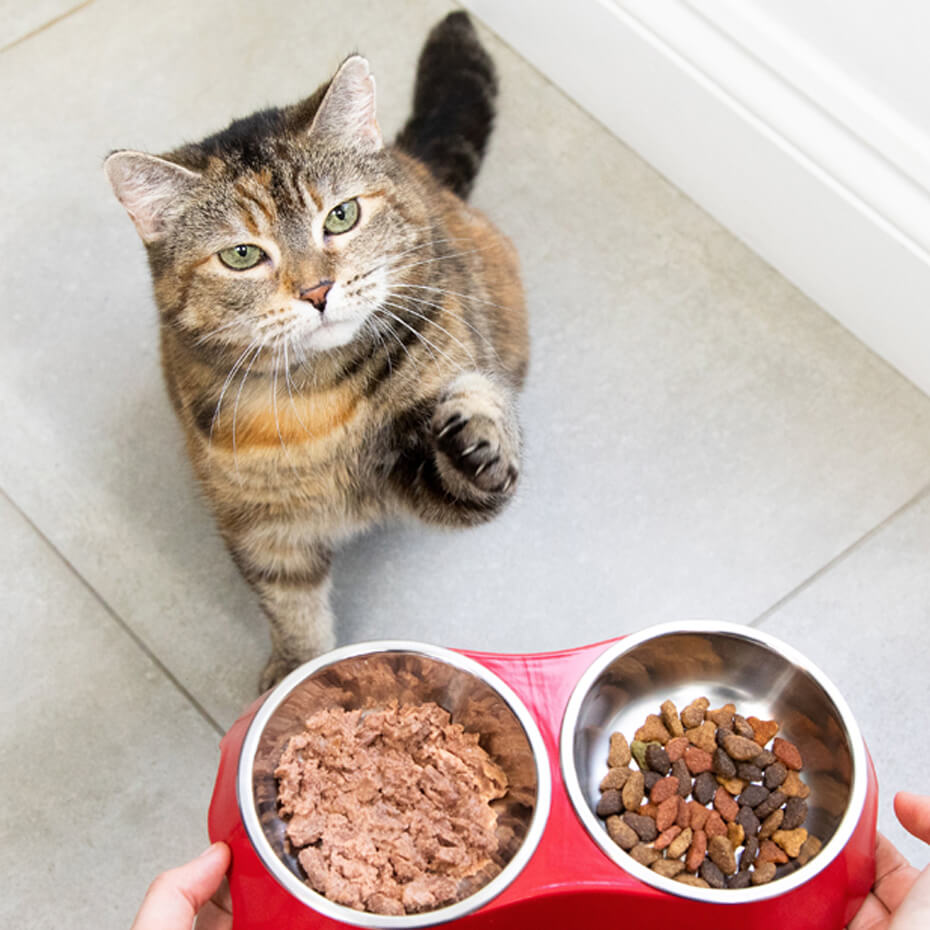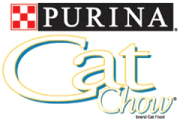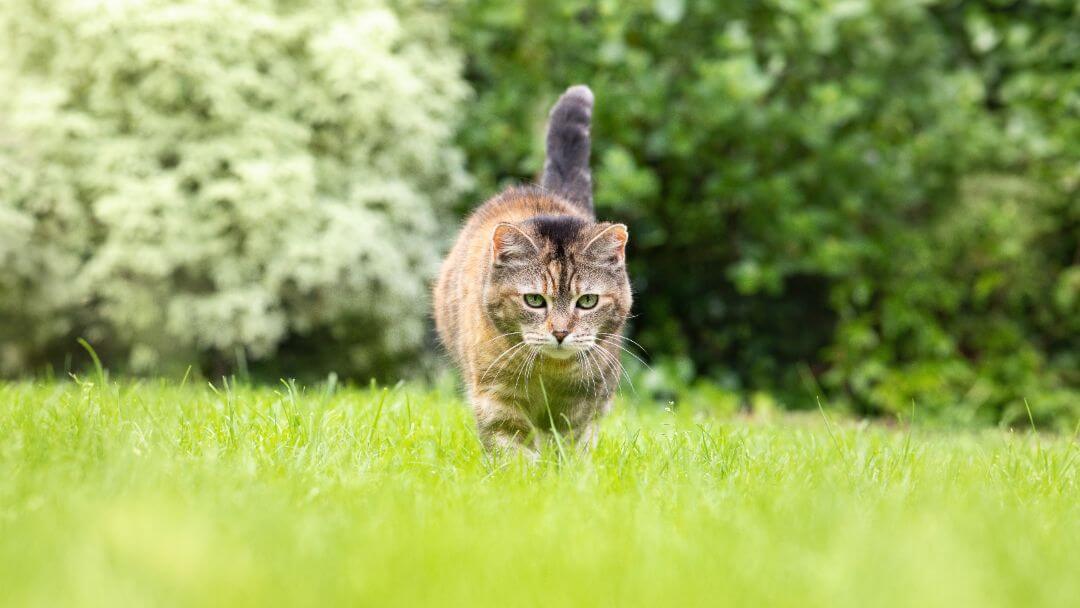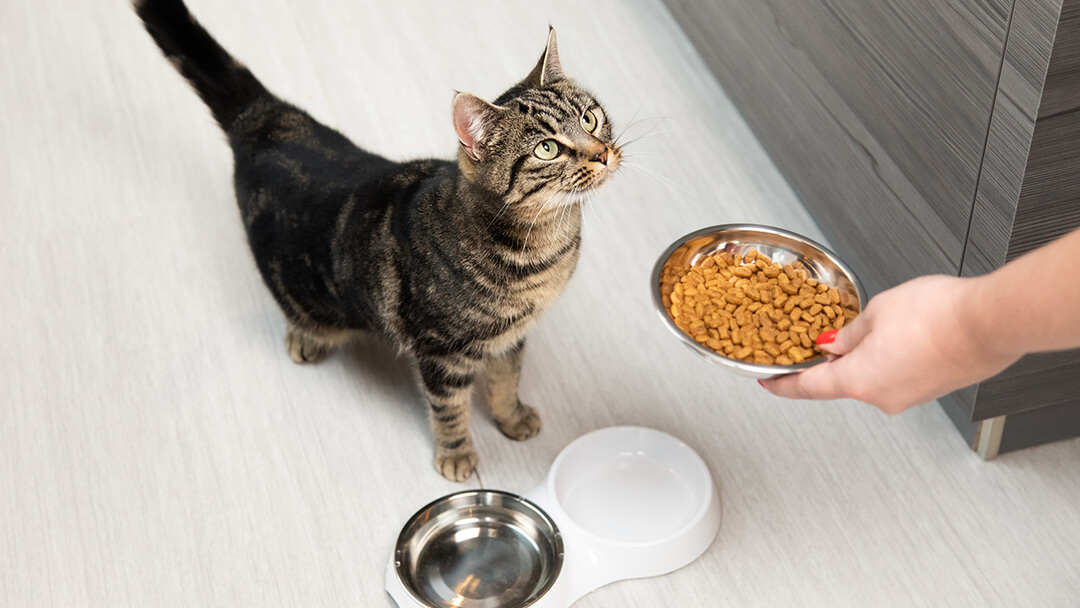
Choosing the Right Cat Food
When choosing a food for your pet, it’s important to consider many factors, from your cat’s age to her size to any special dietary needs she might have – and that’s just the beginning.
Consider Your Cat's Life Stage
KITTEN
At this key developmental stage in a cat’s life, your kitten needs special nutritional requirements that include DHA to support proper vision and brain development.
ADULT
Our foods contain nutrient and energy levels designed to help keep your cat in ideal body condition when fed properly, with a glossy coat and plenty of energy.
SENIOR
Choosing a quality senior cat food can help your feline companion continue to live her best life well into her golden years.
Weaning Kittens
Weaning kittens is a gradual process. If you find that you have a young kitten that is not with its mother due to an accident or is found alone then you may need to help with the weaning process. Whether you choose canned or dry food, adding moisture will help your pet to adjust.
How to wean kittens
Kittens can usually be started on the weaning process at three weeks of age and should be fully weaned by six to eight weeks.
If you serve your kitten canned food, mash it up and mix it with water to form gruel. You can even smear this on your kitten’s lips to encourage her to lick it off.
Some kittens will take the food as a mash but make sure there are no big chunks.
Dry food can also be soaked and used to make gruel. Feed a little, regularly.
As the kitten gets older, add less water to the mixture. Many kittens will eat dry food without it being soaked by 10-12 weeks of age, while most will manage a canned kitten food at six to eight weeks.
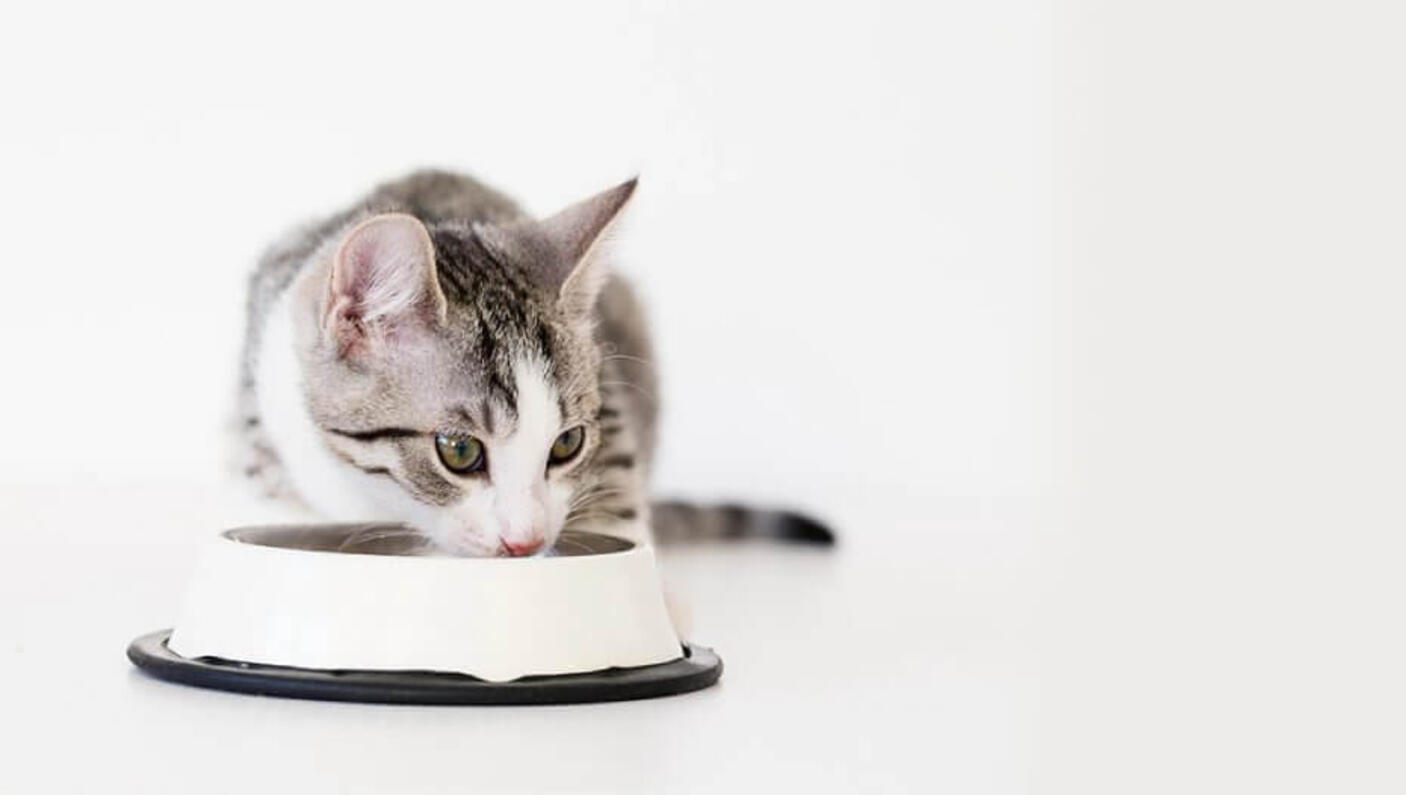
Trying a New Food? Guidelines for a Healthy Transition
BEFORE YOU START
It’s always best to transition your cat’s diet slowly to avoid potential stomach upset and allow your cat’s digestive system to adjust to any new ingredients.
DAYS 1-2
Introduce your new food to your cat in small amounts, still primarily feeding her the old food.
DAYS 3-5
Feed a little bit more of the new food to your cat each day.
DAYS 6-7 (UP TO 10)
Gradually increase the amount of the new food and decrease your cat’s former food until you are feeding the new food exclusively.
Changing From Kitten To Adult Cat Food
The countdown to your little kitten’s birthday has begun! And while the term ‘adult’ might not be a completely accurate term to describe your mischievous little mate’s level of maturity, the fact is your best friend isn’t so ‘little’ anymore! Yes, she has grown up and is about to dive into adulthood. And while that cheekiness is unlikely to change in a hurry, notching up your first birthday does make for some significant milestones that are worth celebrating!
Making the switch to adult food
First of all, well done! You’ve navigated your little mate through the tricky and sometimes temperamental first year of their life. With no more growing to do, your kitten is now ready for adult food. But relax, it’s still as appetising as the food that fuelled their growth. It’s just been formulated with their future in mind. They no longer need the extra energy, calcium and phosphorous that was crucial in their youth. Now, growing up means their food must have a new focus. They need…
Adult maintenance food has been formulated with all of these important attributes in mind.
- Controlled calories: To prevent obesity and its damaging effects on the body.
- Clean teeth: The act of chewing dry food helps to prevent tartar build-up on their teeth.
- High quality protein: To strengthen their body and their immune system
- Plus all the vitamins and minerals they need to keep them at the peak of perfection.
Special Needs
If your cat has any of the following special needs, talk to your veterinarian about available products to cater to these needs:
- Hairballs
- Urinary Health
- Sensitive Skin and Stomach
- Indoor or Outdoor Lifestyles
- Weight Management
- Diabetes
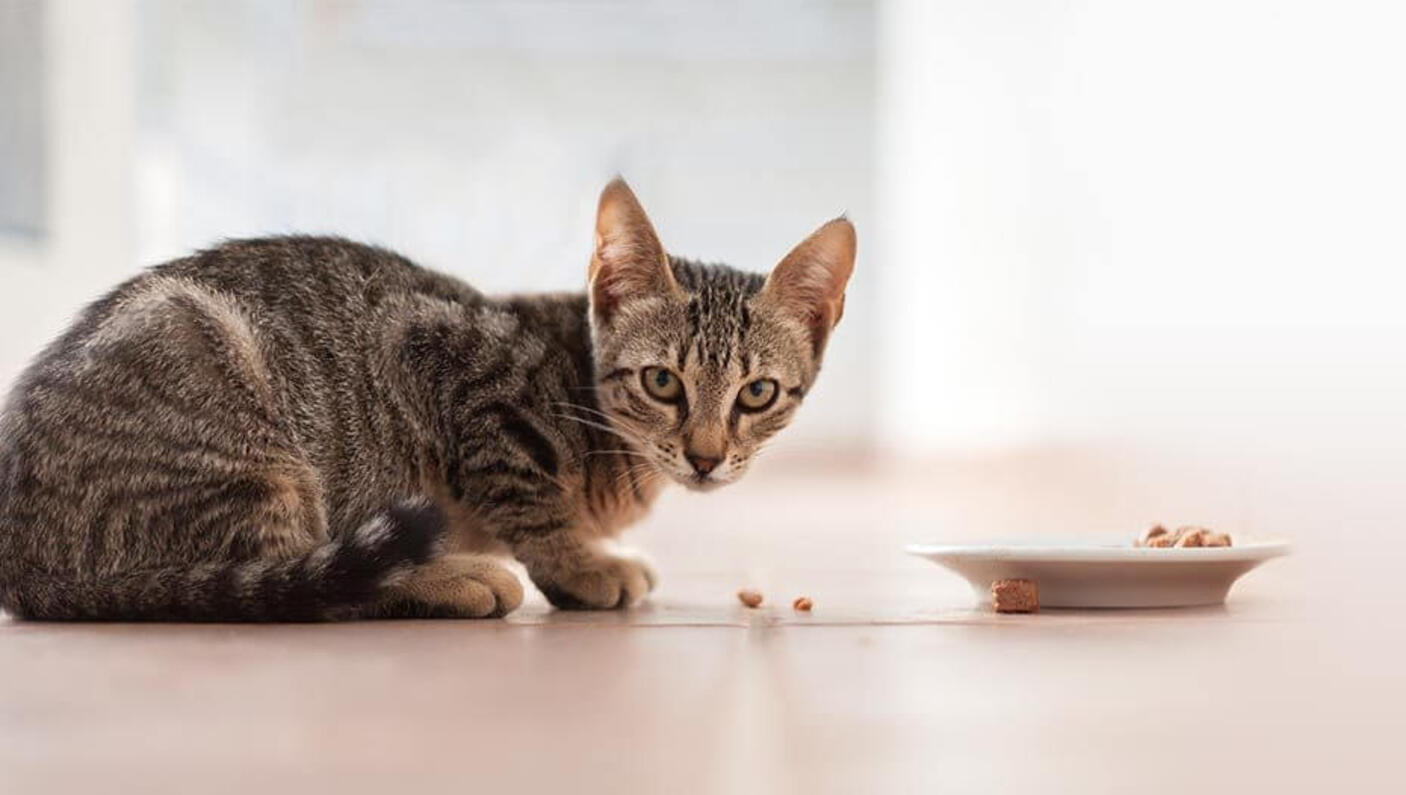
Reading a Pet Food Label
Navigating the countless options in the pet food section of your favourite store can be confusing. Here’s a quick guide to help you get started in making informed decisions when selecting the food that’s right for your pet.
The label on pet food usually contains the following information:
PRODUCT IDENTIFICATION
This section contains a branded name, like Purina CAT CHOW, along with an indication of the primary ingredient or a formula name such as chicken and rice.
NET WEIGHT STATEMENT
This indicates how much food is contained in the bag or can.
MANUFACTURER’S NAME AND ADDRESS
This provides the manufacturers details.
INGREDIENT LIST
Just like human food, the ingredients are listed in descending order of content weight. Further down the list, you’ll see many scientific names that correspond to vitamins and minerals.
GUARANTEED ANALYSIS
AAFCO Guidelines recommend a minimum level of certain nutrients. The guaranteed analysis shows the pet food’s minimum or maximum of essential nutrients.
NUTRITIONAL ADEQUACY STATEMENT
To substantiate claims, pet food must be complete and balanced to meet or exceed the standards of an established profile, or be proven to meet certain nutritional recommendations.
FEEDING DIRECTIONS
Follow these instructions to determine how much food to feed your pet each day. These are just guidelines, and you may need to increase or decrease the amount of food you feed to help maintain your pet’s ideal body condition.
CALORIE STATEMENT
This is expressed as a kilocalorie per kilogram basis. It may also be expressed as a common unit of measure, such as kilocalories per cup. This information will help you get a handle on the differences between dry pet food brands.
OTHER LABEL CLAIMS
It’s important to know how to navigate the information contained in a pet food label. Just know that any time you choose a complete pet food from Purina, you can be confident that you’ve selected a pet food that provides complete and balanced nutrition.

